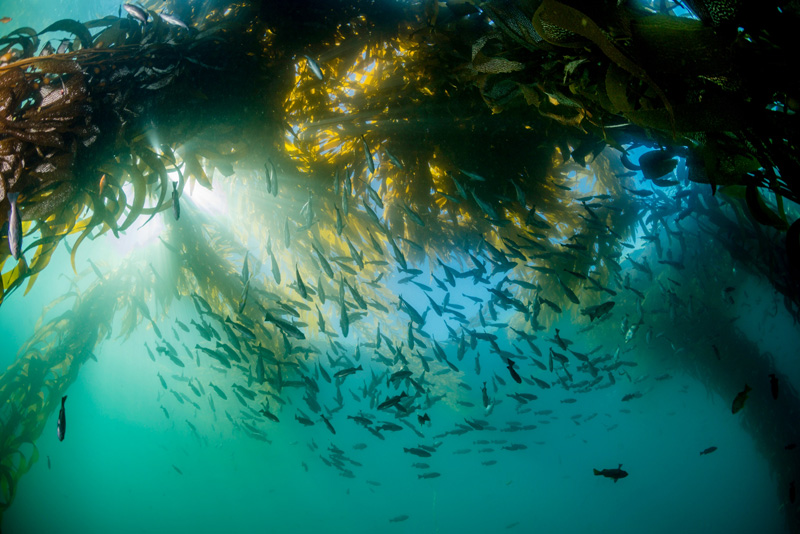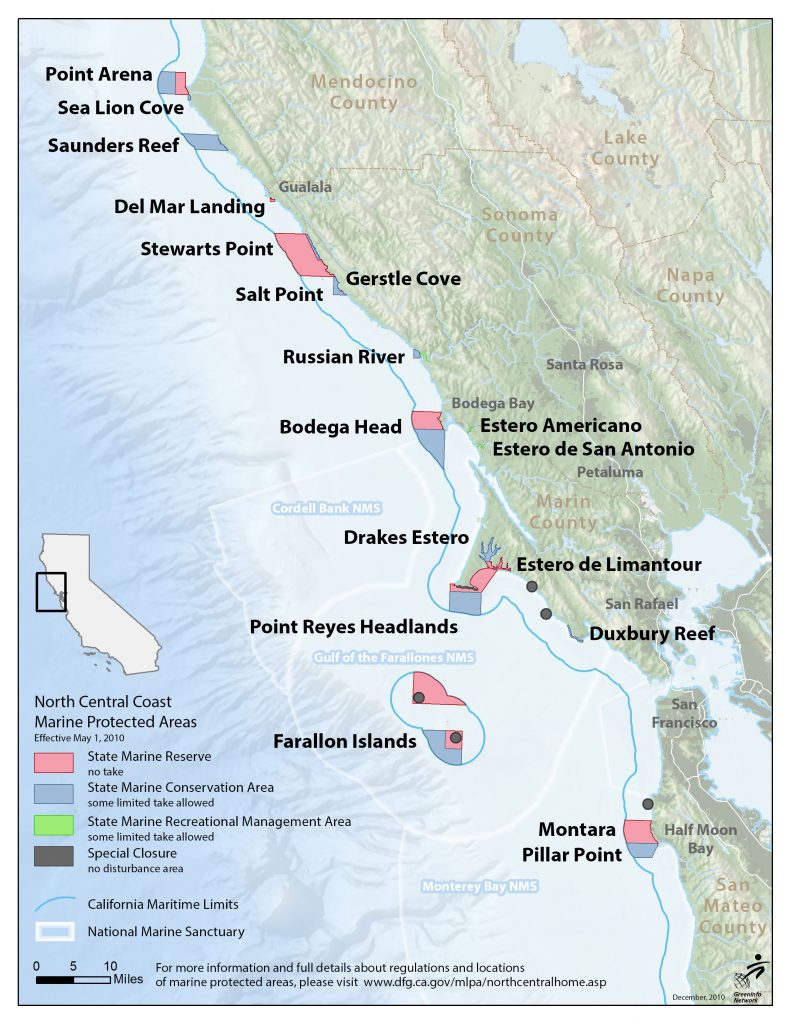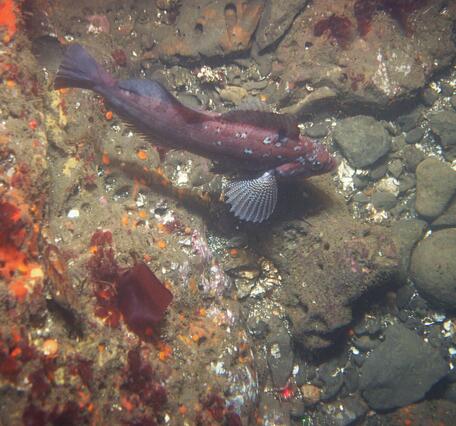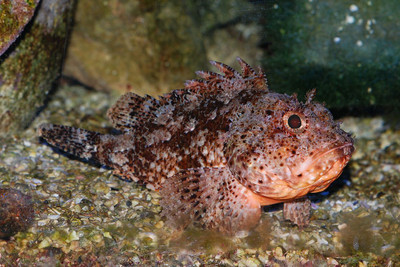MPA
Posted by William Taylor on on Feb 1st 2023
Marine Protected Areas (MPAs) are a type of ocean conservation tool that seeks to protect and conserve the biodiversity of marine and coastal ecosystems. In California, MPAs have a rich history that dates back to the early 1990s. This paper will examine the history of MPAs in California, their purpose and goals, their benefits and challenges, and their future outlook.

History of MPAs in California:
The history of MPAs in California began in the 1990s, when the California Department of Fish and Wildlife (CDFW) began exploring new approaches to ocean conservation. The CDFW was concerned about the decline of many important fish species, such as rockfish and abalone, due to overfishing, pollution, and other human impacts. In response, the CDFW proposed the creation of a network of MPAs along the California coast to protect and conserve these species and their habitats.
The first MPA in California was established in 1999, and it was followed by the creation of additional MPAs in the following years. The California MPA network was designed to protect a range of marine habitats, including rocky intertidal areas, kelp forests, and deep-water coral reefs. The MPAs also provided protection to important species, such as rockfish, abalone, and sea otters.

Purpose and Goals of MPAs in California:
The purpose of MPAs in California is to protect and conserve the state’s marine and coastal ecosystems. The MPAs were established with the goal of restoring and protecting the biodiversity of these ecosystems, as well as the species that rely on them. The MPAs are also intended to provide a safe haven for the recovery of depleted fish populations, and to provide opportunities for scientific research and monitoring.
The goals of MPAs in California include:
- Protecting and conserving important habitats and species, such as rocky intertidal areas, kelp forests, and deep-water coral reefs.
- Restoring depleted fish populations, such as rockfish and abalone.
- Providing a safe haven for the recovery of depleted species.
- Supporting scientific research and monitoring efforts.
- Promoting public education and awareness about ocean conservation.

Benefits and Challenges of MPAs in California:
MPAs in California have many benefits for the state’s marine and coastal ecosystems, as well as for the species that rely on them. The MPAs have helped to restore depleted fish populations and to protect important habitats, such as rocky intertidal areas, kelp forests, and deep-water coral reefs. The MPAs have also provided opportunities for scientific research and monitoring, and have promoted public education and awareness about ocean conservation.
However, MPAs in California have also faced a number of challenges. One of the biggest challenges is the difficulty of enforcing the regulations that govern the MPAs. Some individuals and businesses have been caught violating the regulations, and this has led to concerns about the effectiveness of the MPAs. In addition, there have been debates about the impact of the MPAs on fishing and other commercial activities.

Future Outlook for MPAs in California:
Despite the challenges that MPAs in California have faced, the future outlook for these conservation tools remains positive. The MPAs continue to provide important benefits for the state’s marine and coastal ecosystems, and they are likely to play an increasingly important role in ocean conservation in the future. The MPAs are also likely to continue to evolve and adapt to meet new challenges and to respond to changing conditions in the state’s marine and coastal ecosystems.
Check out our website for Scuba Gear.
Call us we have daily specials on all brands of gear, we might just be having a sale at theDiveCenter.
Feel free to contact us for expert Scuba advice and we are open every day.
1-888-728-2252

